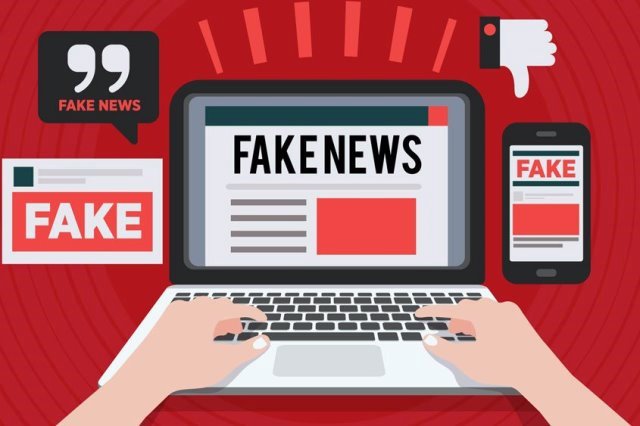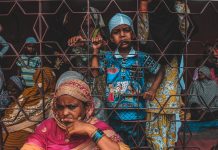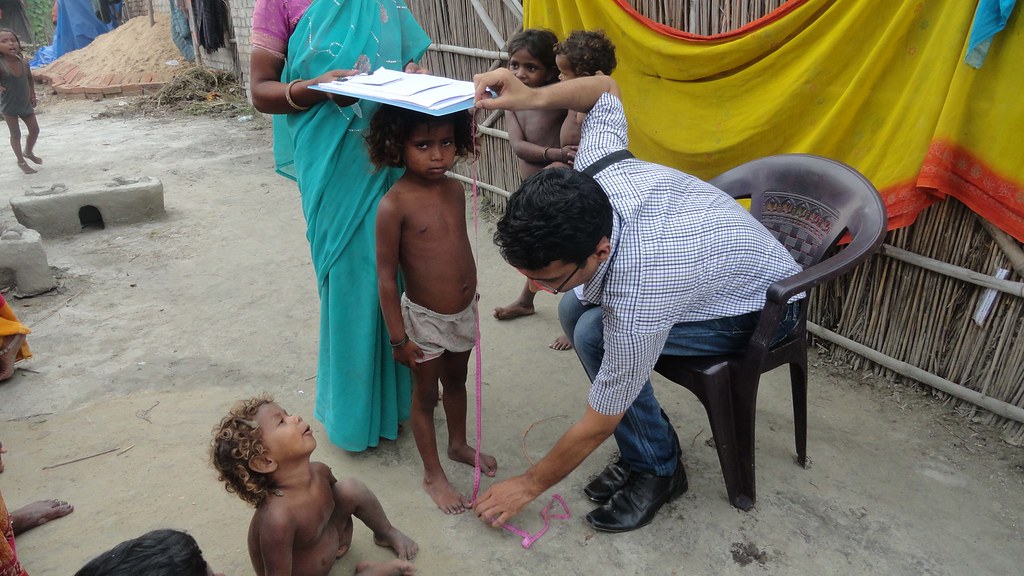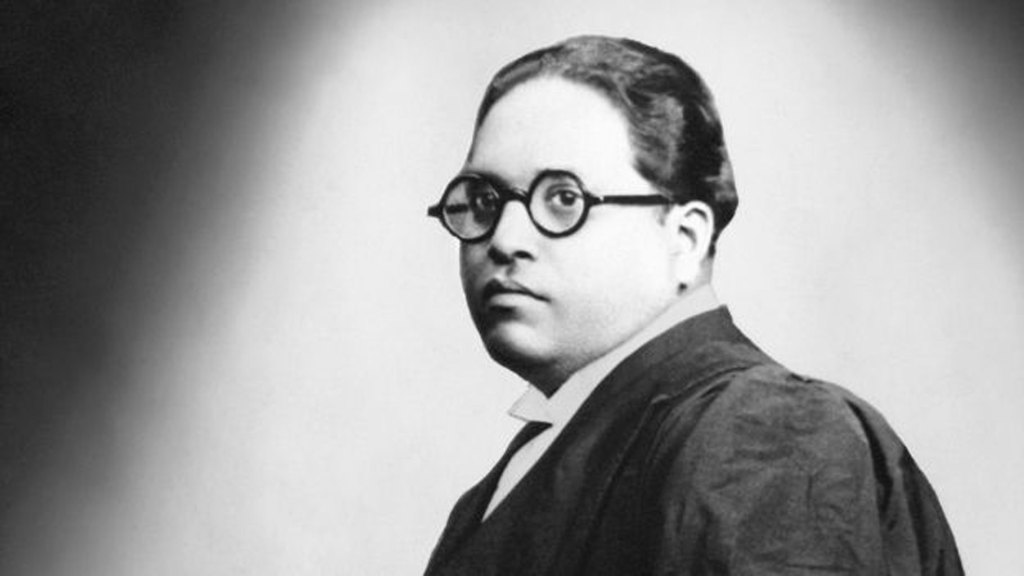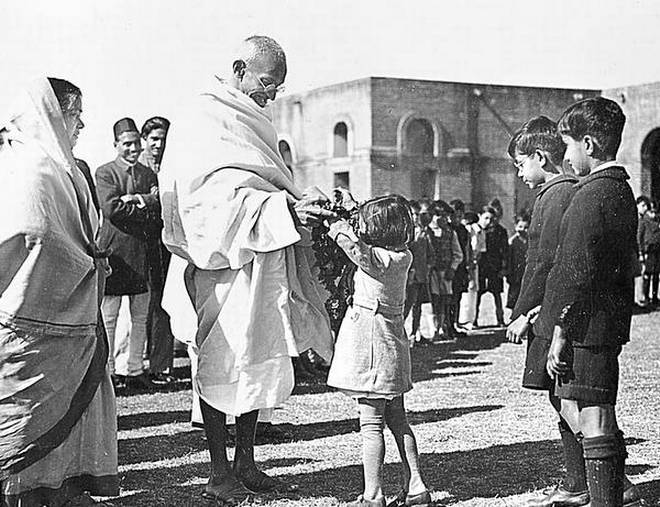In addition to being a global health emergency, COVID-19 sufficed as a phase of information disorder, with vast social, psychological and physiological implications for the masses.
COVID-19 created enough suspicions and revelations throughout the world, setting a vast number of challenges in governance mechanisms as well as social protection measures. The pandemic barrelled across large number of countries, infecting people not only through the Novel Coronavirus but also incredible and fake information. Digital media occupied a new regime of thought-process and screen timings, along with the production of materials which are freely accessible over the digital media platforms. But, who should be handed over the responsibility of deploying unethical information?
Fake news cannot be defined through oversimplification of being true or false, but refers to any grey piece of information which fails to fall within the threshold of authenticity, verifiability and public interest. It might include a manipulation of the content in forming provocative materials, harming communities and relegating to acts of fraud in deceiving people. Social media platforms turned as an active propagator of fake news which generates and forward millions of unverified content among the users, gaining the ground for a new ‘hate’ culture. Information disorder during the COVID-19 resorted to spreading false rumours and cures with reference to the infectious diseases as well as launching attacks for political propagandas. It also acted as a weapon against certain communities who were accused to have triggered the spread of Novel Coronavirus. It is often impossible to trace millions of fake accounts which generates false information over the digital media platforms such as YouTube, Facebook, WhatsApp, Instagram, as well as Twitter. Several fake messages which were circulated during the COVID-19 pandemic included selective biases against the North-Eastern community in India, who were targeted for their racial features in asserting a forced resemblance with the Chinese people (Hubei Province of China from where the virus was originally registered), socio-political attacks on the Muslim community in India, stretching from their participation in Tablighi Jamat which was held between March 13 and 15, 2020 at the Nizamuddin Markaz and circulating false posts on Muslim communities spitting on plates in a religious congregation and false rumours on COVID-19 vaccinations and spraying of medicines in the air. The spread of fake news is largely possible due to the vast networks of social messaging, which creates enough questions on how self-regulation is important to protect oneself from such decisive power plays and exercise true democracy of voices and vigilance.
Fast Internet connectivity and social media users
Social media has astoundingly turned into a part and parcel of our life and it is through these platforms we encounter variety of opinions as well as undesirable information. As per the Internet and Mobile Association of India, rural India has 264 million Internet users and this is expected to reach 304 million in 2020 and reports from SEMrush suggests that the Indian population downloaded more apps than the residents of any other country as over 19 billion apps were downloaded in 2019. It is estimated that in 2021, there would be an upsurge of social media users to 448 million, while comparatively analysing the numbers of users from 351 million in 2019. It can be projected that with an increase in Internet and social media users, accessibility of reach towards various fake websites and portals would increase manifold. It is often difficult to aware people on the presence of fake news as the contents in such portals often imitates the structuration and nuances of real news and journalistic ethics. It spreads like fire through trustable WhatsApp groups of friends or relatives, which is automatically ingrained into us, curtailing all possibilities of criticisms. Stretching to such concerns, COVID-19 has rendered at ease, politicization of human rights, speech, debates and life processes through the generation of information misappropriation. For instance, a call from the honourable Prime Minister of India, Mr.Narendra Modi, to light up the diyas as a symbol of support towards menial workers working during the phase of lockdown, turned into a manipulated fake news forward, claiming Novel Coronavirus to be killed through the light. Fake news websites generating controversial information affected the vulnerable communities and their opportunities to avail treatment and social protectionism. This situation made a mark on the ideologies and identities, which later paved into a small-scale approach, teaching people on basic fact-checking.
Digital campaigns and participatory methods
The COVID-19 pandemic has shifted social networking and participation into an age of abstract realities. Through this cognizance, digital campaigning remained an effective way to work against information disorder and create an awareness on the best possible options to identify a fake news. My journey started with a fellowship programme named Youth and Democracy Fellowship in the Society for Participatory Research in Asia (PRIA). It is a global centre for participatory research and training in New Delhi which promotes capacity building of community organizations and works for developing a syncretic democratic culture in political systems, communities and families through various strategies such as participatory methodologies in institutional and human capacity building, women’s leadership and political empowerment. As a team from PRIA Youth, we planned and designed a digital campaign titled ‘Fighting Fake News’. The observations were initially registered through a pilot study in Connaught Place, an urban conglomeration and a space of commercial centre in New Delhi. It did set the road for achievements made in the process of digital campaigning, which took place in social media platforms such as Facebook and Instagram. Social media often serves as an instrument of boon and bane, testing the responsible nature of its users – either using it tactfully or in profound negligence. We deconstructed the bits and pieces of all suspicious information which were released through social media during the COVID-19 pandemic. Some of the news had spellings and grammatical mistakes, wrong domain names, false contextualization of pictures etc. While people had some form of awareness on fake news, they had no proper knowledge on how to abstain from it or stop their relatives or known from circulating it. The campaign was initially a difficult journey due to the sensitive nature of information but later gained momentum with more regularity of posts which were created and shared with marked errors. In addition, a writing prompt was conducted which invited experiences of people on fake news from different parts of India. The stories recoiled the tangent on how information disorder can inflict threats and risks on human behaviour and life.
Fact – check the Fake
Unfortunately, legal regulations is non-existent with regard to the propagation and dissemination of fake news in India. It often emerges with the invocation of Article 19 as enshrined in the Constitution of India, which states − “Protection of certain rights regarding freedom of speech etc,” consisting that “ All citizens shall have the right a) to freedom of speech and expression, b) to assemble peaceably and without arms, c) to form associations or unions d) to move freely throughout the territory of India, e) to reside and settle in any part of the territory of India; and f) omitted, g) to practise any profession, or to carry on any occupation, trade or business”. So, publishing content using any form of media does not invite any legal recourses until and unless it extends to the point of criminally – oriented defamation or distressing people through fake news. In that case, action is more important than that of the words for the legal regulations to be imbibed. This has been a point of debate on whether there should be strict guidelines against publishing fake content. We conducted webinars as a part of our campaign on “Fighting Fake News” and invited an advocate and a journalist to unravel the nuances of fake news in India, its ethical debates as well as the legal discourses over time. Indian Broadcast Foundation serves as an initial mode of regulation, representing various private news channels and current affairs broadcasts. It maintains fair regulation of the content in the public domain by registering any complaints against news broadcasters. For instance, any objectionable TV content or fake news can be filed to the Broadcasting Content Complain Council in case a broadcaster is inciting hatred among communities and violence against women or promotes anti-social usages such as substance abuse or superstitions. But the implementation of such measures is difficult to track in today’s politicization of hate culture. It is being further uplifted through the normalization of ‘anarchy’ in regional, religious, political and socio-economic arena. The constant perpetuation of fake pictures and videos makes a visual imprint of influence, often defaming and staging attacks on political parties or agents. It is widespread and often destroys the speculative power of human mind − to question, dissent, to argue etc. It can be best termed as a source of ‘brainwashed content’ powerful enough to incite people in harmful ways. Fake news can survive as rumours and this has been traced from the note of a person living in Haryana, who participated in a ‘Writing Prompt’ conducted from our team. He stated that –
“The authenticity of information has become a longstanding issue affecting businesses and society, both for printed and digital media. Recently, a lady in a village near Rohtak communicated fake news regarding JAMATIS. She said 20 jamatis entered the village. After the investigation, it was found that it was a fake news. Another incident is also from Rohtak where a local BJP leader Kapil Nagpal was arrested for allegedly spreading fake news after the death of a 30 years old Covid-19 positive patient undergoing treatment at PGIMS, Rohtak. A case was registered against him under Section 188 of the IPC. Both the news created an atmosphere full of fear — one fake news was regarding the Corona positive people as wandering in the streets and the other one was about a young person dying from Covid-19. We should validate every news which we hear or see on social media before sharing it with others to prevent the spread of fake news. It is our moral and social duty”.
The pandemic of COVID-19 turned beyond an ailment of the body to an ailment of misinformation, which is devious for the sociability of individuals. The constant hatred among the communities is creating a barrier for the formation of a peaceful and amicable environment, resulting in losses of lives and destruction of infrastructures. So, while digital media arises as a boon for adaptability during the COVID-19 pandemic, it is also increasing the vulnerability for populations across the world, creating more risks of transformation from an industrial to information technology and communication age.
Ahana Choudhury is a Ph.D. Scholar at Tezpur University, Tezpur, Assam.

